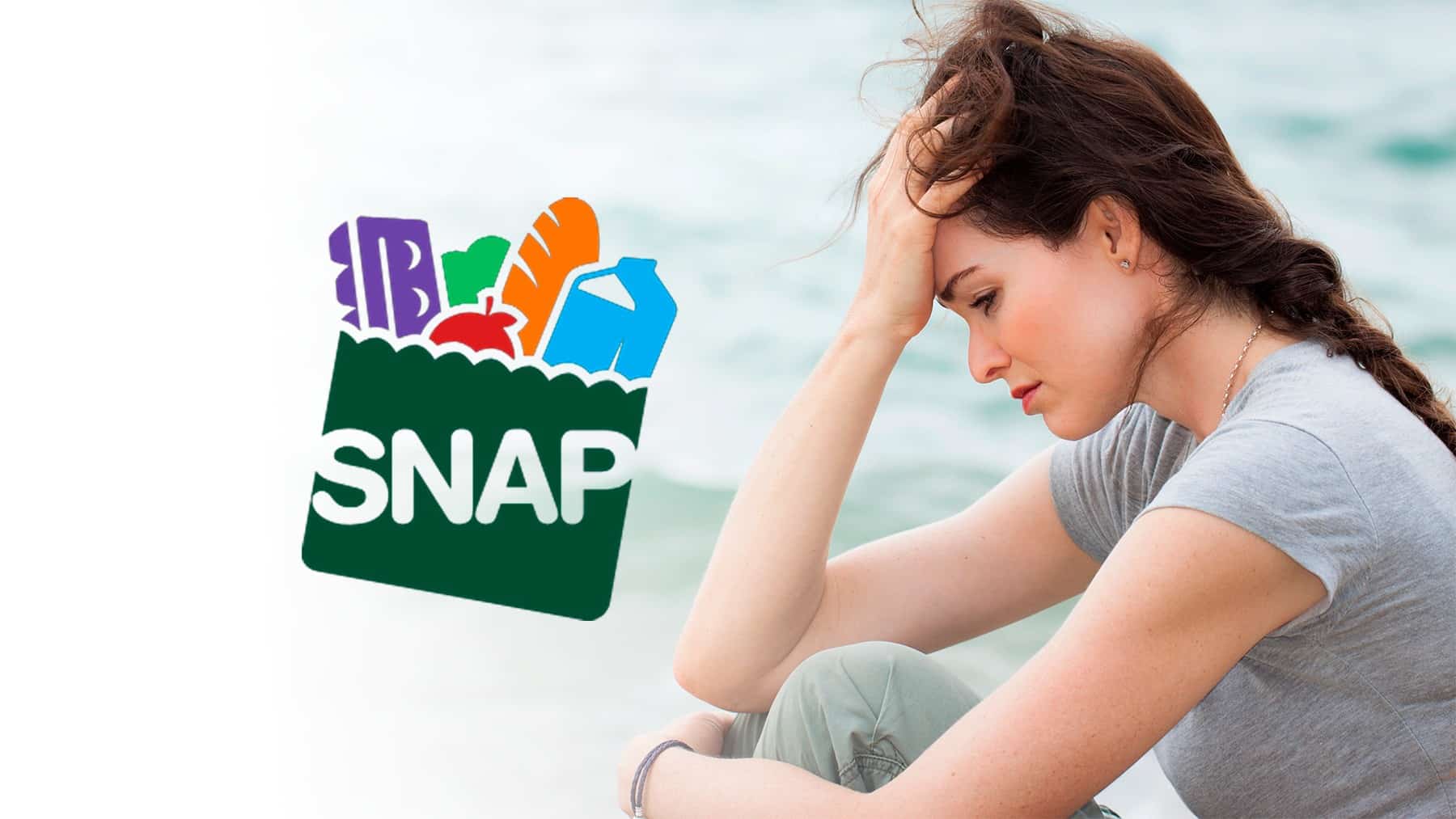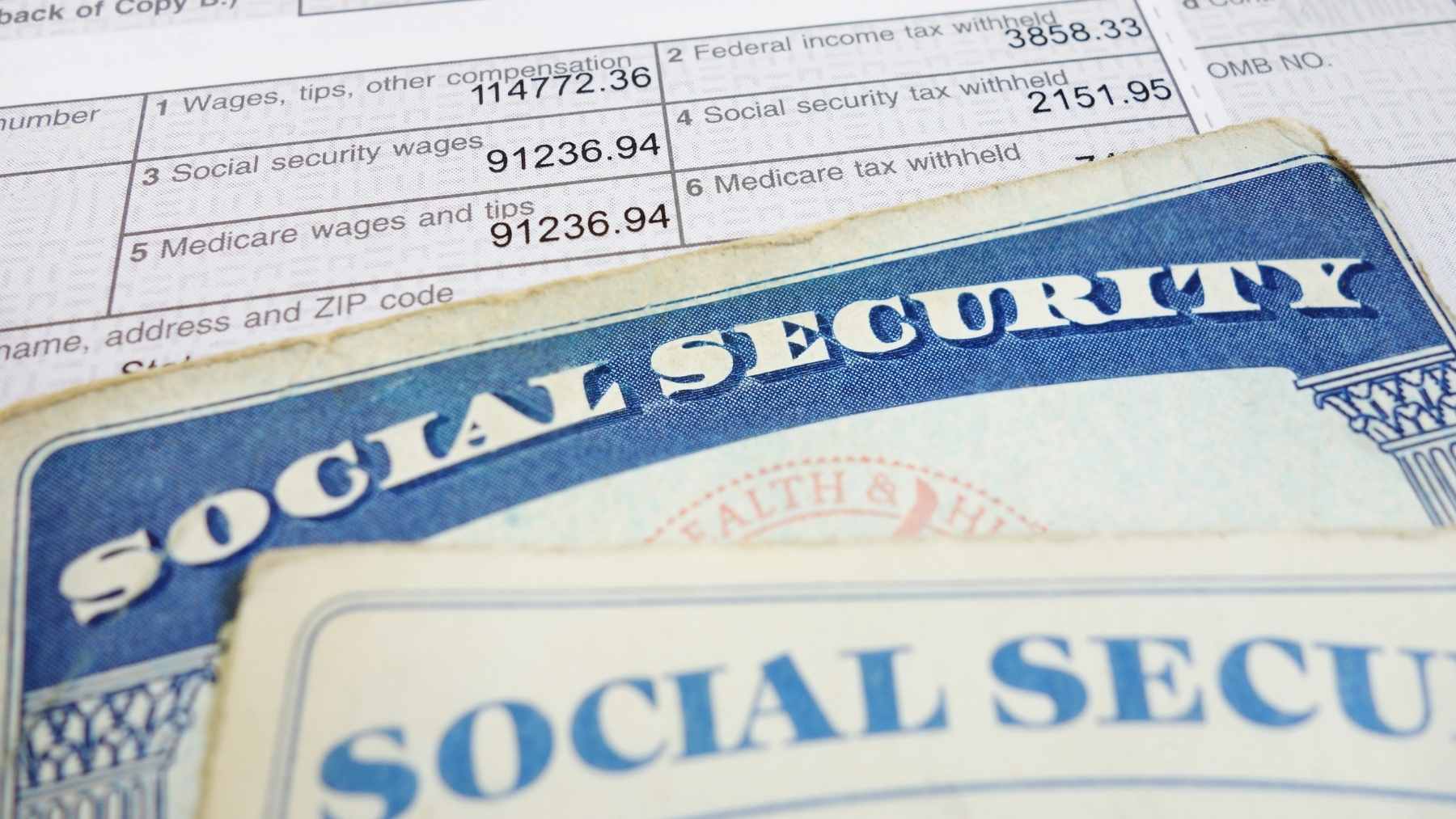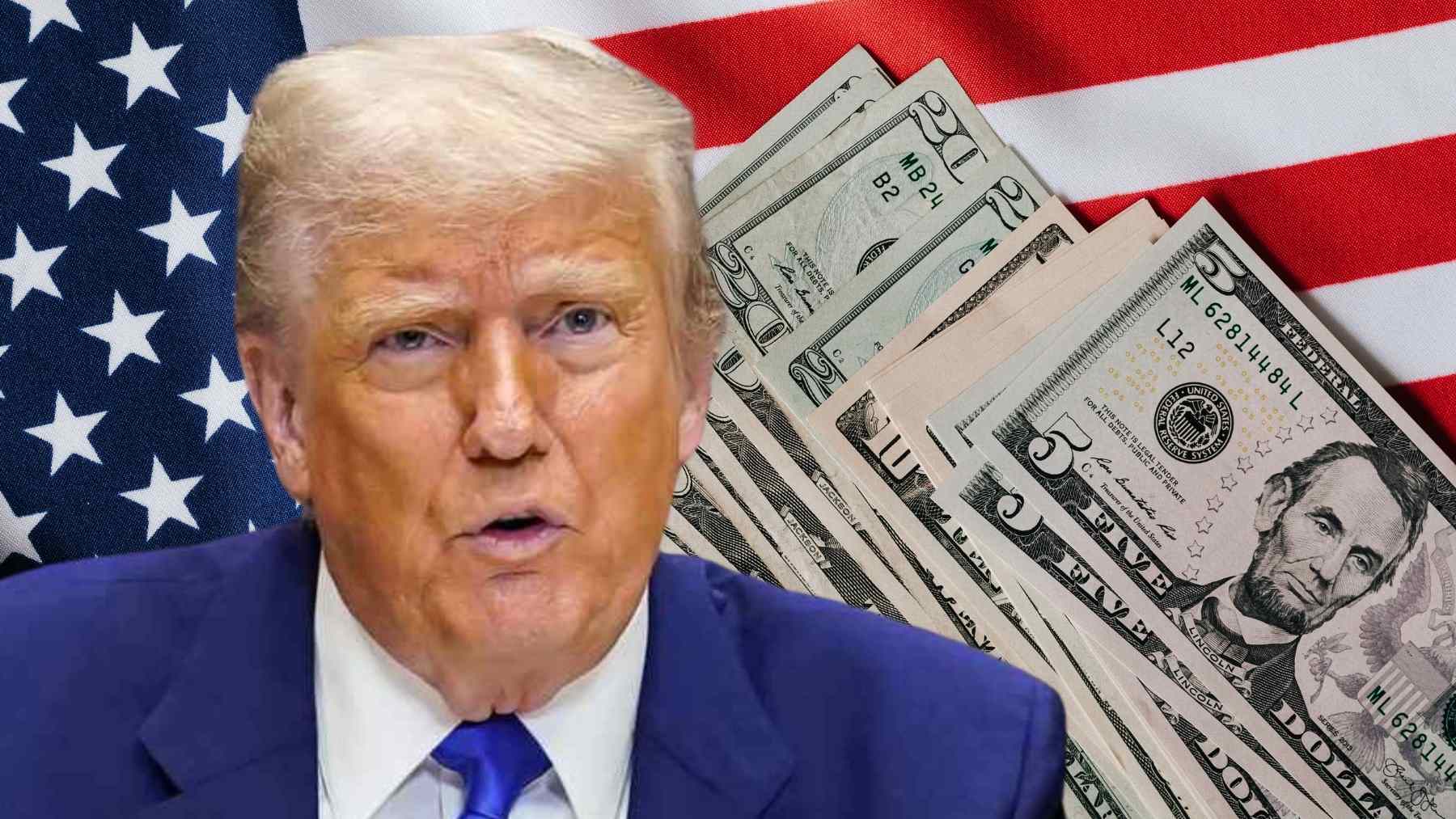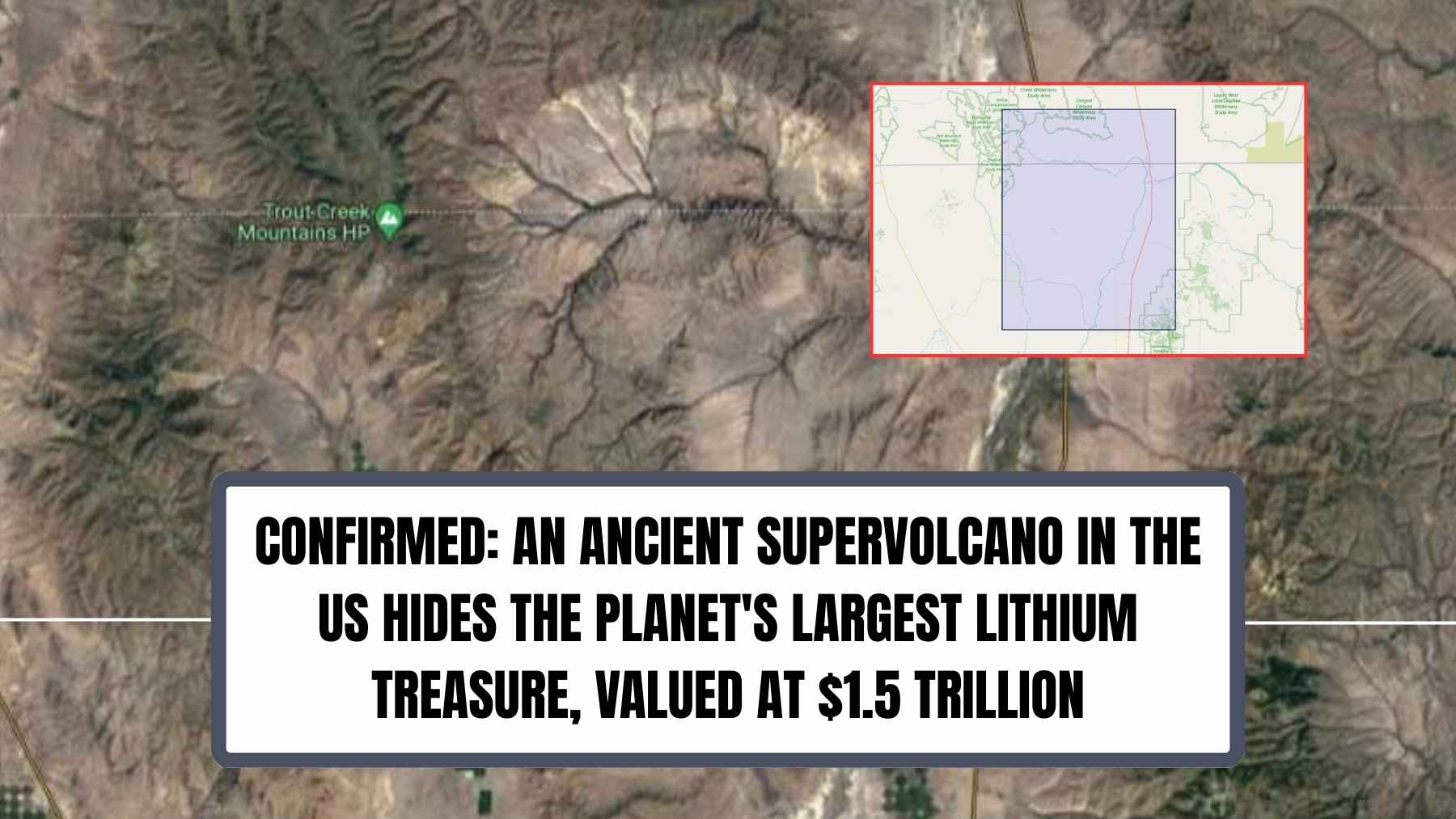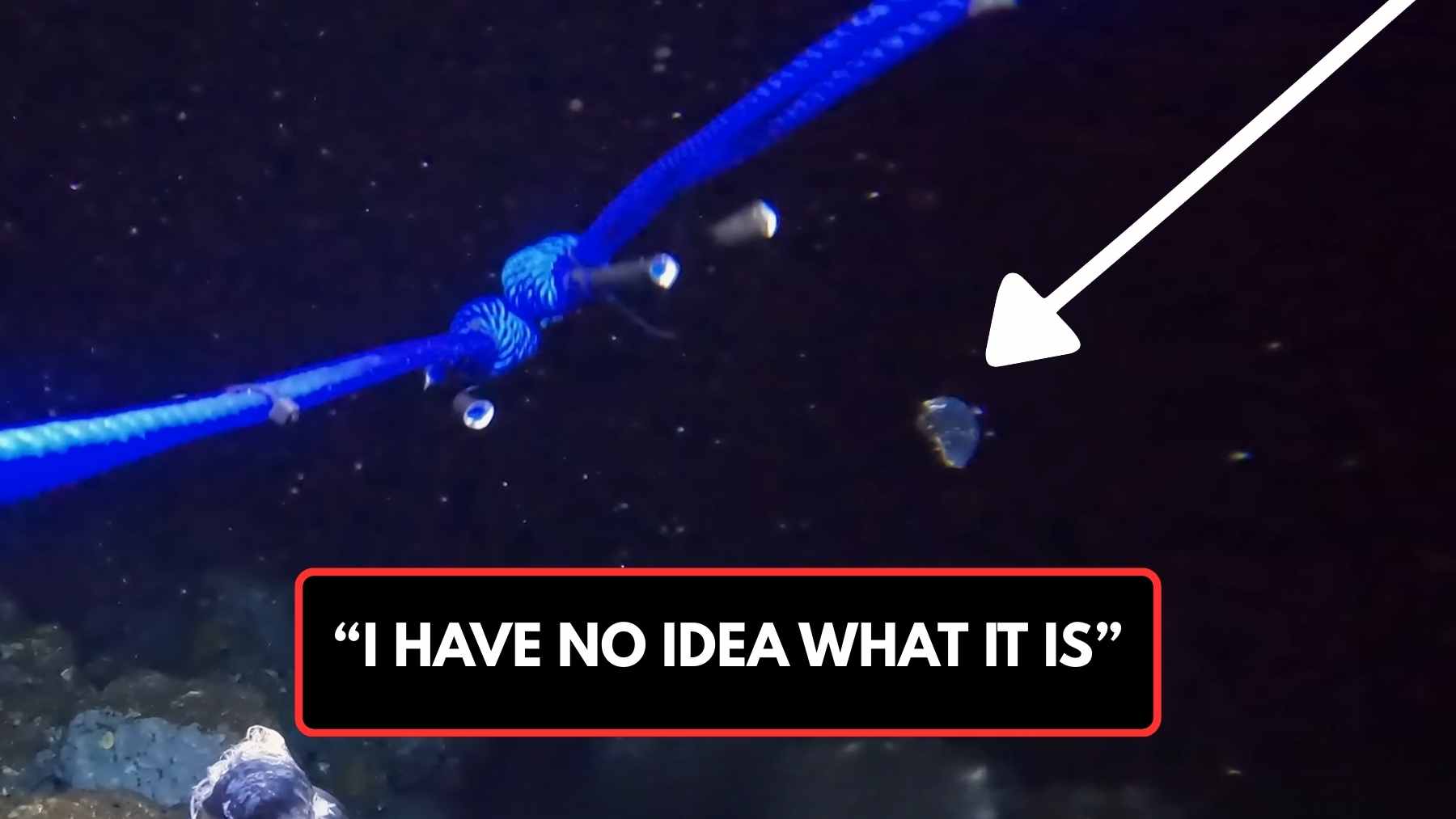The Supplemental Nutrition Assistance Program (SNAP) has, since its inception, provided support for millions of Americans in assisting with paying for groceries and food expenses. While federally funded, the program is managed at a state level, with local governments responsible for the distribution of benefits. Recently, several states have, however, been tightening their rules, with these eight states announcing a significant change going forward to what you can spend your benefits on.
How do SNAP benefits work?
SNAP benefits are reserved specifically for low-income individuals and families in order to ensure that they are able to still purchase groceries. The program is an integral source of social support for beneficiaries and plays a key role in preventing childhood poverty. To qualify to receive benefits, you first need to ensure that you meet the eligibility income criteria as well as other working requirements. Different states have different income eligibility requirements, so it is important that you check with your state SNAP office whether or not you qualify for benefits.
Generally, the following must be met to qualify to receive SNAP:
- Gross income cannot exceed 130% of the federal poverty line, and net income cannot exceed 100% of the federal poverty line
- If you want to receive SNAP benefits for more than three months within a thirty-six-month period, able-bodied beneficiaries have to work at least 20 hours per week or participate in job training programs.
- Beneficiaries’ households generally must have less than $2,750 in countable resources.
While these are federal guidelines, individual states have discretion to make their own income eligibility requirements. If you qualify to receive benefits, they are loaded onto an electronic benefits transfer (EBT) card, which you can use to purchase food at participating grocery stores.
These states announce major SNAP changes
If you qualify to receive benefits from SNAP, there are certain limitations you have on what you can and cannot purchase. According to the USDA Food and Nutrition Services, beneficiaries are permitted to purchase the following food items using their benefits:
- Fruits and vegetables
- Meat, poultry, and fish
- Dairy products
- Breads and cereals
- Other foods, such as snack foods and non-alcoholic beverages
- Seeds and plants
However, recently, some states have placed increased restrictions on what qualifying beneficiaries are allowed to purchase using their benefits. Tennessee, South Carolina, West Virginia, Florida, Colorado, Louisiana, Oklahoma, and Texas recently submitted waivers to move towards banning the purchase of sugary beverages and other ‘junk food’ products using SNAP benefits.
Increased changes for SNAP beneficiaries
Currently, 12 states this year have received approval regarding limiting the purchase of sugary drinks and foods using SNAP benefits, including Arkansas, Colorado, Florida, Idaho, Indiana, Iowa, Louisiana, Nebraska, Oklahoma, Texas, Utah, and West Virginia. These changes are set to be implemented from 2026. While some argue that the changes encourage healthy living, others have argued that the limiting of purchasing these foods by SNAP beneficiaries continues to ignore the broader systemic health crisis of Americans, the majority of whom are still free to purchase these foods with their own money.
“It is incredible to see so many states take action at this critical moment in our nation’s history and do something to begin to address chronic health problems,” said Secretary of Agriculture Brooke Rollins this month.
While concerns remain over the future of benefit cuts to SNAP, the program is continuing to strive to make an active difference in its beneficiaries’ lives. Recently, beneficiaries of the program (among others) could qualify to receive additional ‘Sun Bucks’ payments over the summer vacation period to help low-income families cover the increase in food expenses with children not at school and the National School Lunch and Breakfast programs not operating during this time.
Disclaimer: Our coverage of stimulus checks, tax reliefs, tax rebates, tax credits, and other payments is based on the official sources listed in the article. All payment amounts and dates, as well as eligibility requirements, are subject to change by the governing institutions. Always consult the official source we provide to stay up to date and obtain information for your decision-making.
